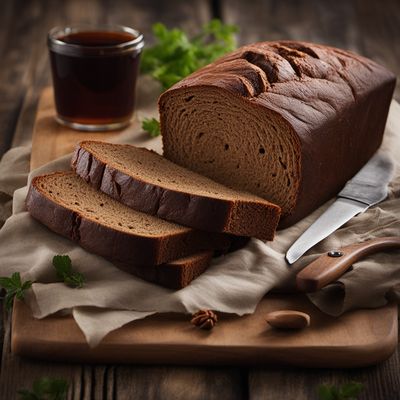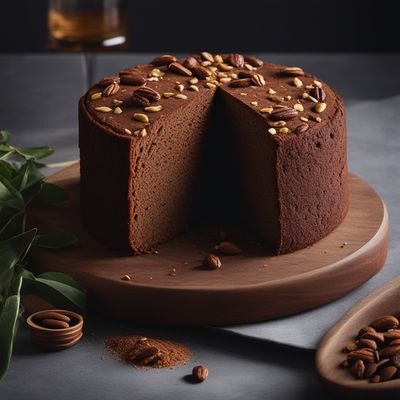
Dish
Westfälischer Pumpernickel
Westfaelischer Pumpernickel
Westfälischer Pumpernickel is made from rye flour, water, salt, and a small amount of yeast. The dough is mixed and then left to rise for several hours before being baked in a hot oven. The bread is then left to cool for several hours before being baked again at a low temperature for up to 24 hours. The long baking time gives the bread its distinctive dark color and intense flavor. It is a popular bread in Germany and is often served at special occasions such as weddings and holidays.
Origins and history
Westfälischer Pumpernickel has been a staple in German cuisine for centuries. It is named after the region of Westphalia where it was first made. The bread was traditionally baked in communal ovens and was a symbol of community and togetherness. Today, it is still a popular bread in Germany and is enjoyed by people of all ages.
Dietary considerations
Westfälischer Pumpernickel is a good source of fiber and is low in fat. It is suitable for vegetarians and vegans.
Variations
There are many variations of Westfälischer Pumpernickel, including those that are made with different types of flour or that include additional ingredients such as caraway seeds or raisins.
Presentation and garnishing
Westfälischer Pumpernickel can be presented on a wooden board or in a bread basket. It can be garnished with fresh herbs or served with a side of butter or cheese.
Tips & Tricks
To keep Westfälischer Pumpernickel fresh, store it in a cool, dry place. It can also be frozen for later use.
Side-dishes
Westfälischer Pumpernickel can be served with a variety of side dishes, including soups, stews, and salads. It is also delicious when toasted and served with cheese or cold cuts.
Drink pairings
Westfälischer Pumpernickel pairs well with a variety of drinks, including beer, wine, and tea.
Delicious Westfälischer Pumpernickel recipes
More dishes from this category... Browse all »
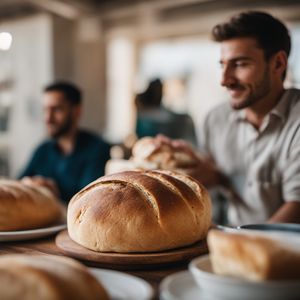
Burebrot
Serbian cuisine

Chleb prądnicki
Polish cuisine

Daujenu namine duona
Lithuanian cuisine

Fries roggebrood
Dutch cuisine

Juoda duona
Lithuanian cuisine

Kavring
Swedish cuisine

Limppu
Finnish cuisine
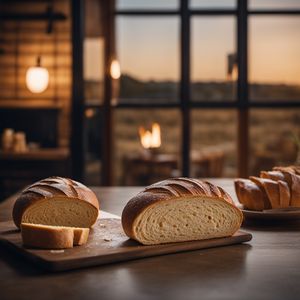
Pain de Campagne
French cuisine
More cuisines from this region... Browse all »

Baden cuisine
Savory, Hearty, Tangy, Smoky, Sweet

Bavarian cuisine
Savory, Hearty, Tangy, Sour, Sweet
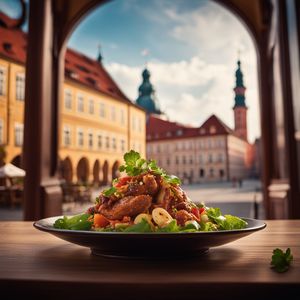
Brandenburg cuisine
Savory, Earthy, Hearty
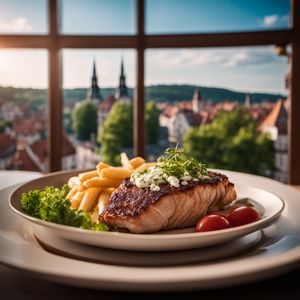
Franconian cuisine
Hearty, Savory, Flavorful

Hamburg cuisine
Light, Flavorful, Fresh
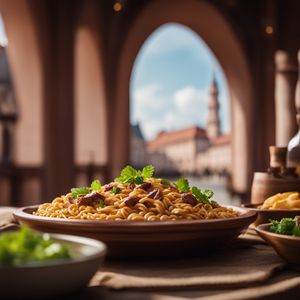
Hessian cuisine
Hearty, Savory, Flavorful
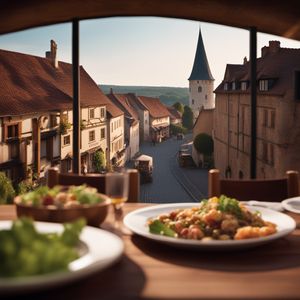
Lower Saxon cuisine
Savory, Hearty, Salty, Sour, Sweet
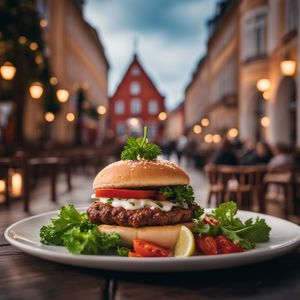
Mecklenburg cuisine
Fresh, Simple, Rustic, Savory
